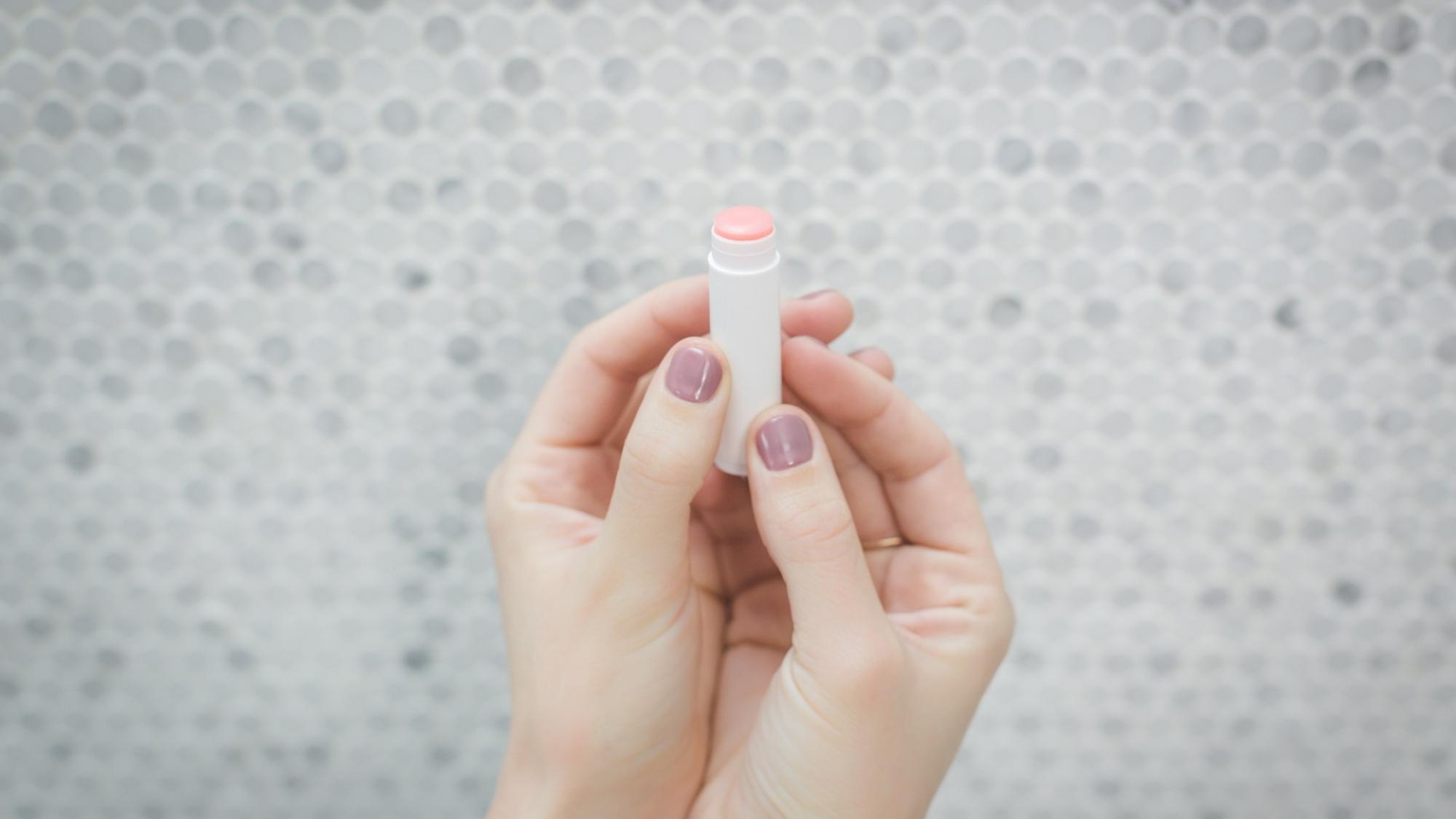Significant increase in childhood contact allergies over the past 20 years

According to the study, contact allergy is surprisingly common among children. The most significant growth has been observed in allergies caused by cosmetic ingredients. Researchers note that the increase in adhesive-related allergies is linked to glucose sensors used in diabetes care, but among young people, also possibly to eyelash extensions or artificial nails, which are applied using adhesives.
Contact allergy appears as a visible, often itchy rash that can develop on any area of the skin depending on the site of exposure. The condition may be permanent and can even influence a child’s future career choice.
“We need to address the trend of children starting to use cosmetics at an increasingly early age and in much greater quantities than before. Even very young children admire the use of face masks and lip gloss, and teenagers today use cosmetics far more extensively than they did a couple of decades ago. Few parents realize that this significantly exposes children to, for example, preservatives in cosmetics—thus increasing their risk of developing contact allergies, which can cause, for instance, persistent facial rashes,” says Associate Professor Suvi-Päivikki Sinikumpu, dermatologist and allergologist at the University of Oulu.
No similar nationwide registry study on contact allergies in the entire child population of Finland has been conducted before. Even internationally, there are few comparable studies on the subject.
The study data were derived from the Finnish Care Register for Health Care (CRHC) and included all children diagnosed with contact allergy by a dermatologist in specialized healthcare between 2001 and 2021.
The research was published in Acta Dermato-Venereologica in June:
Sinikumpu SP, Jokelainen J, Huilaja L. Allergic Contact Dermatitis in a Paediatric Population: A 20-year Nationwide Registry-based Study. Acta Derm Venereol. 2025.